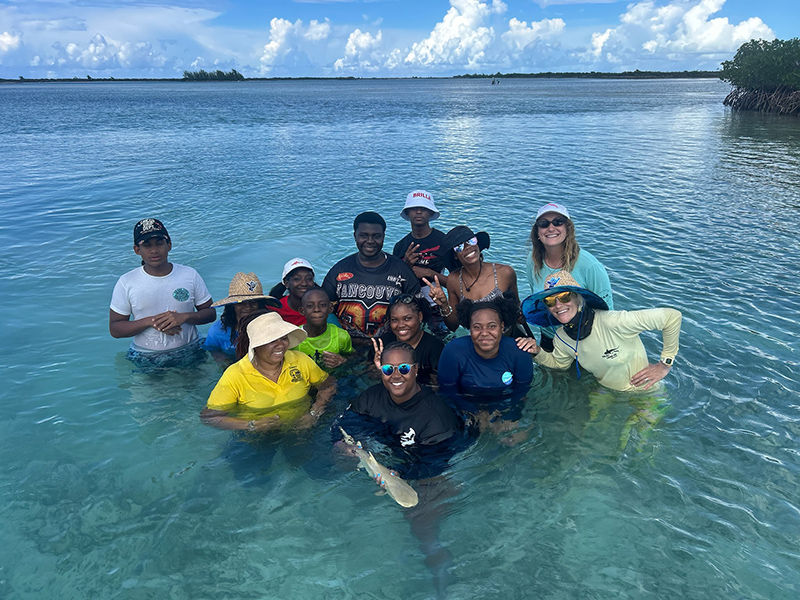Journal Review: Using cameras to hang out with basking sharks (Cetorhinus maximus)
- Sharks4Kids

- Oct 18, 2021
- 3 min read
Author: Natasha Hynes
Full journal article: https://journals.plos.org/plosone/article?id=10.1371/journal.pone.0253388
Click image to download Basking Shark fact sheet
Basking sharks are the second-largest shark in the world, right after whale sharks. They’re a planktivorous shark, meaning they feed on tiny animals in the water column. Basking sharks have been the subjects of tagging studies for many years. These studies reveal very interesting things about their general biology and ecology. But, these tags have limitations to what they can tell us about this fish. You’d think an animal that is 45 feet long and 10,000 pounds would be easy to see and observe! But, they spend much of their time under the surface of the ocean and out of sight of scientists who would love to observe more of their behaviours and activities. Because of this, we don’t know very much about their reproduction or what they're doing at depth. Knowing more about the behaviour of these sharks would contribute to their protection, so a group of scientists came up with a cool way to get some more information on the secret life of basking sharks.
In the summer of 2018 and 2019, scientists from Scotland tagged 6 basking sharks. Their camera tags had forward- and rear-facing cameras, a time-depth recorder, and a satellite transmitter. The tags were attached to the base of the first dorsal fin. They were programmed to detach from the shark after a certain time (1-4 days) and float to the surface where the scientists could retrieve the tags. After they retrieved the tags, they could get to work viewing the videos to see what the basking sharks were up to underwater!
First, they had to find the video files that had enough light to see what was going on. Then, they analyzed the videos to look for behaviors. They made observations related to tagging, movement up and down in the water column, feeding, their interactions with other basking sharks (conspecifics) and different species, breaching, and pooping! They also used the videos to look at the habitats that the basking sharks were using. In total, the scientists collected 123 hours of footage from the camera tags.
The footage recorded all kinds of cool things, from varied responses to the actual tagging (one shark increased its tailbeat frequency while another had quite a subdued response) to a breaching event where the shark cleared the ocean surface (!!!). The group also analyzed some behavior between basking sharks. They observed “close following” in which one basking shark does just that - follows closely behind another. Scientists think this behavior plays a role in courtship. The tagged basking sharks mostly hung out with other basking sharks while feeding at the surface but the study revealed the first basking shark aggregation recorded at depth! At least nine sharks were seen “close following” one of their tagged sharks. The footage also revealed some run-ins with marine debris, like fishing line and other plastic (and this particular area of Scotland has fairly low levels of marine waste pollution).
The footage and data collected in this study can be used for conservation, too! Basking sharks aggregate in certain areas in the North-East Atlantic where they come to feed seasonally. They’re usually seen feeding at the surface and this study found no different; the basking sharks were not seen feeding sub-surface in any of their footage. But while they’re spending some of their time munching on zooplankton at the surface, they’re spending up to 88% of their time near the seafloor over rock beds. Having this information is important for conservation purposes. Knowing where the basking sharks are spending their time can help policy-makers create rules and regulations with the basking sharks in mind.
Scientists are forever finding new and creative ways to study our favourite sharks and now we have a new window into the lives of basking sharks!
Rudd JL, Bartolomeu T, Dolton HR, Exeter OM, Kerry C, Hawkes LA, et al. (2021) Basking shark sub-surface behaviour revealed by animal-towed cameras. PLoS ONE 16(7): e0253388. https://doi.org/10.1371/journal.pone.0253388






















